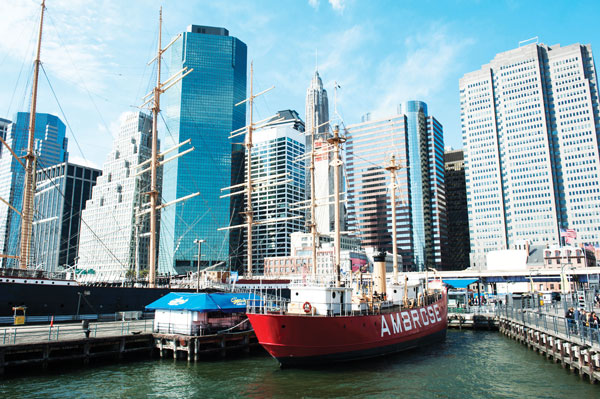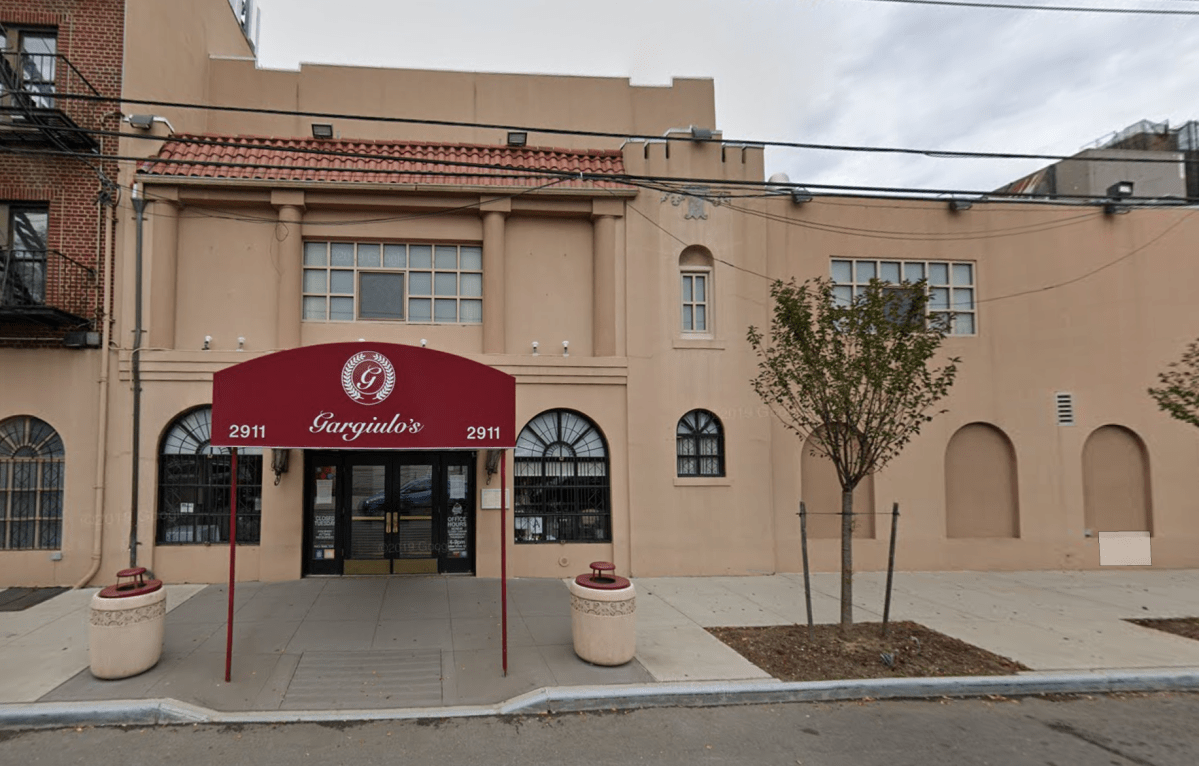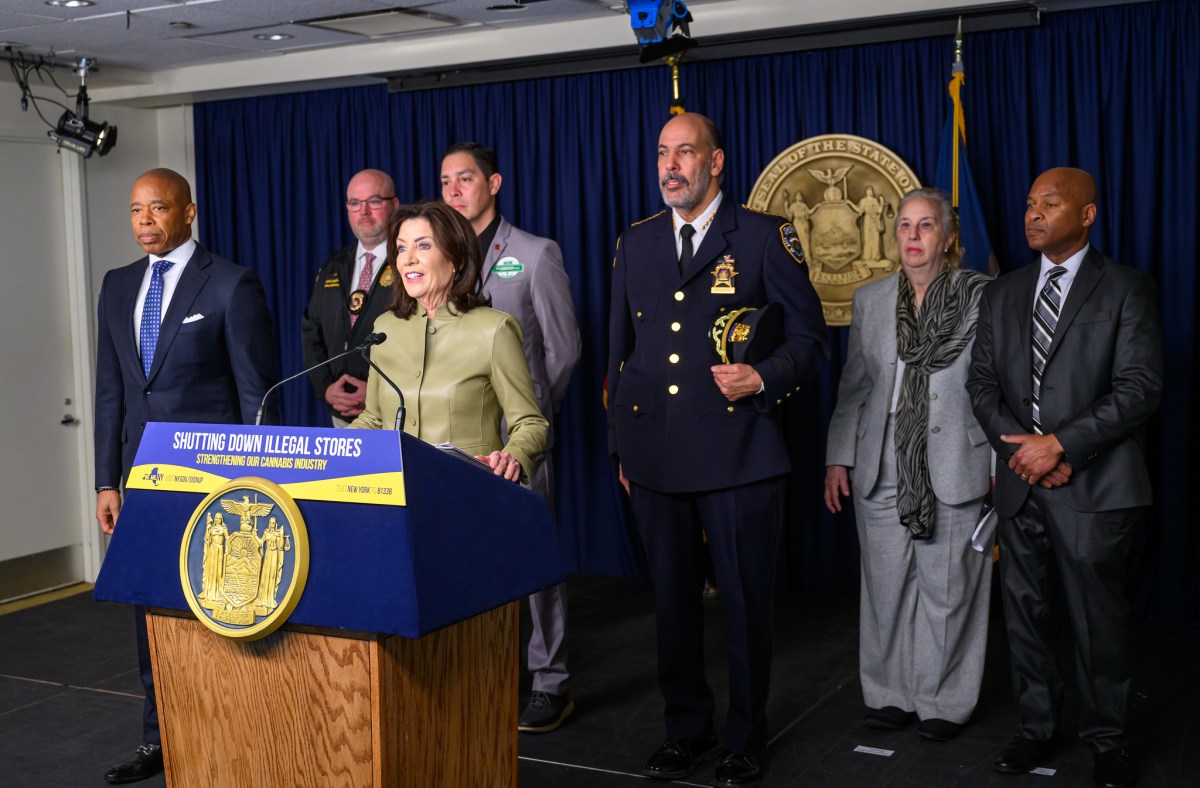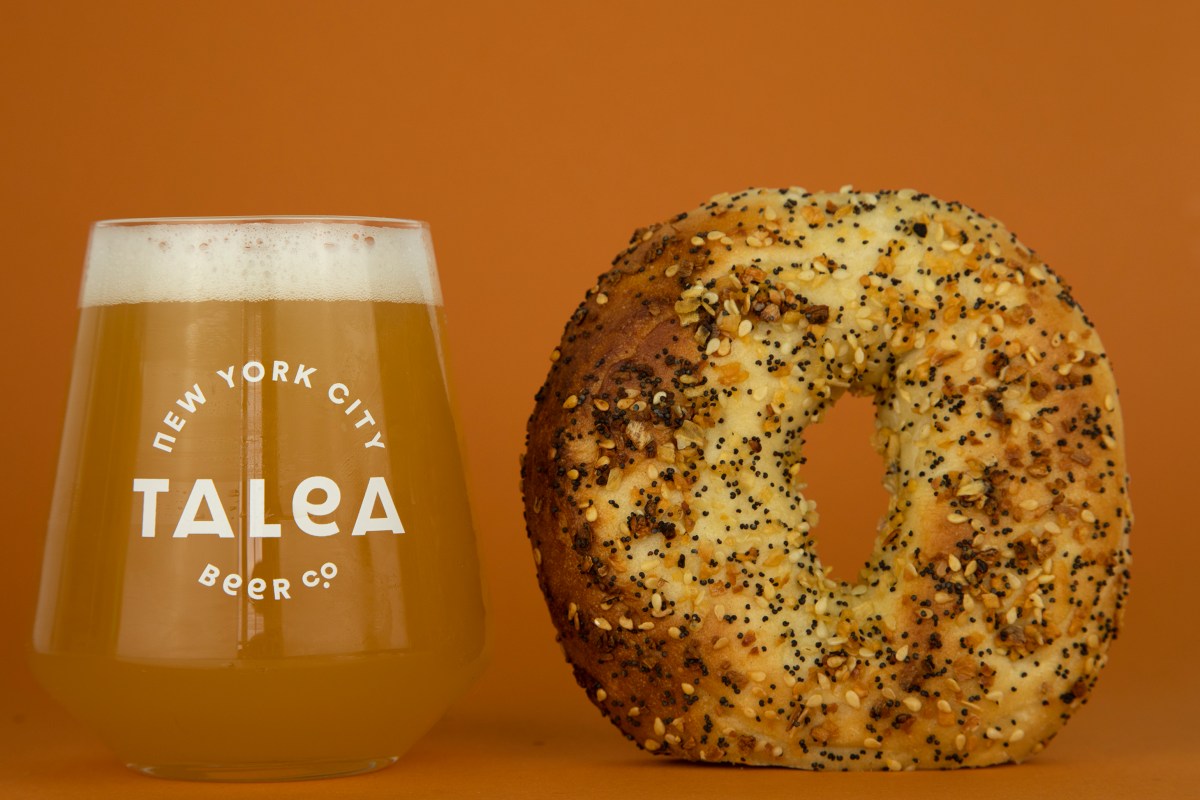
Seaport Museum visitors can explore Ambrose and Peking, both pictured above.
Ambrose and Peking, two of the South Street Seaport Museum’s historic ships, are open to the public on Saturdays from 11 a.m. to 4 p.m. through Thanksgiving.
A suggested donation of $5 includes entry to both ships.
“People are very enthusiastic about Peking and Ambrose being open,” said Jonathan Boulware, interim president of the South Street Seaport Museum. He said that on some days, more than 200 people have visited the ships.
Peking, a 102-year-old barque built for the South American nitrate trade, began to receive visitors on a trial basis in late September.
The ship is one of the famous Flying P-Liners built in Hamburg, Germany for a company called F. Laeisz. At the time it was built, engine-propelled ships had largely replaced sailing ships except for long journeys with heavy cargo where fuel costs made sail cost efficient.
Peking traveled between Europe and the west coast of South America with general cargo and returned filled with guano for use in making fertilizer and explosives.
A dramatic film by Irving Johnson called “Around Cape Horn” documented the ship’s 1929 passage around the southern tip of South America in hurricane conditions.
Ambrose — formally known as Lightship LV-87 — was built in 1907 as a floating lighthouse to guide ships from the Atlantic Ocean into the broad mouth of lower New York Bay between Coney Island, and Sandy Hook, N.J.
Ambrose worked those waters from 1908 until 1932. In 1921 it became the first lightship to be fitted with a radio beacon, which greatly assisted navigation in poor visibility. The ship’s “radio shack” still works.
The U.S. Coast Guard gave Ambrose to the South Street Seaport Museum in 1968.
Boulware said that an unforeseen benefit of opening the ships to the public is that it has revived the museum’s volunteer program.
“This is very important given our reduced staff,” he said. “In fact, the way that we’re getting our work done right now is through the hard work of our volunteers. We have a tiny paid staff and 6,000 tons of ship. It requires a great deal of work to keep them afloat.”
— Terese Loeb Kreuzer


















